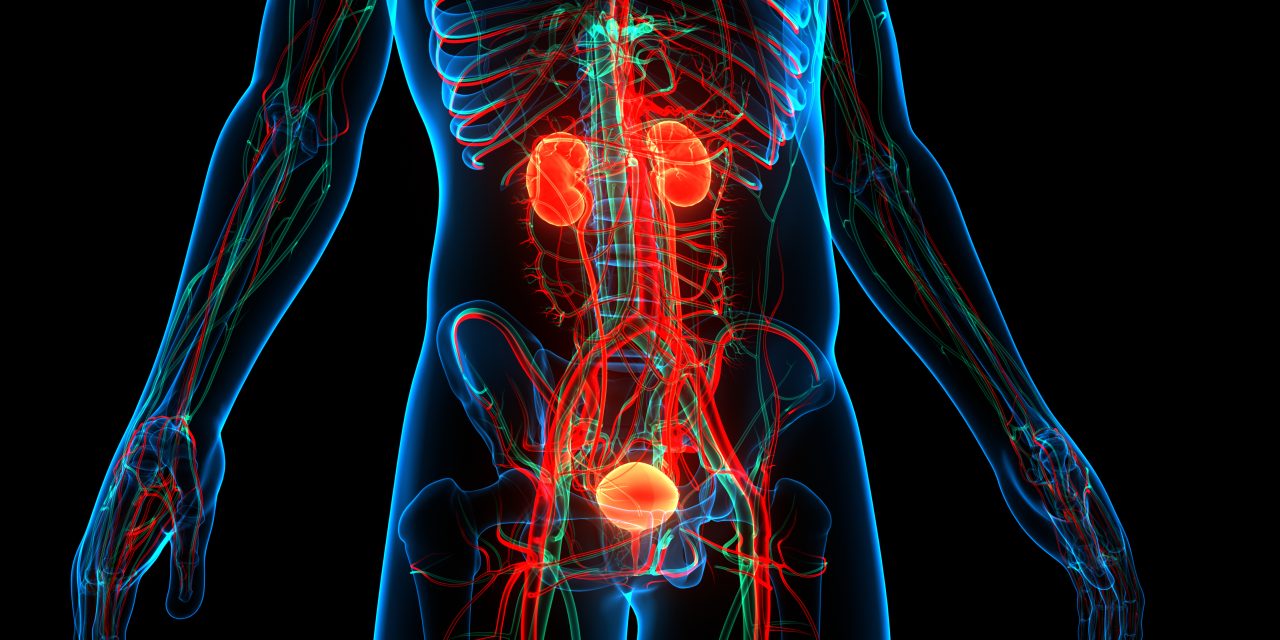Transurethral resection (TURP) and photoselective vaporization of the prostate (PVP) constitute established surgical options to treat benign prostate hyperplasia. We investigated the current literature for simulators that could be used as a tool for teaching urologists alone or within the boundaries of a course or a curriculum.
A literature search was performed using PubMed, Scopus, EMBASE, and Cochrane Central Register of Controlled Trials-CENTRAL. Search terms included: Simulat*, train*, curricull*, transurethral, TUR*, vaporesect*, laser. The efficacy of different simulators and the impact of different devices, curricula and courses in training and trainee learning curves were the primary endpoints.
Thirty-one studies are selected and presented. Validated virtual reality TURP simulators are the UW VR, PelvicVision, Uro-Trainer, and TURPsim™. Validated synthetic TURP models are Dr. K. Forke’s TURP trainer, Bristol TURP trainer, different tissue prostate models, and 3D-printed phantoms. The Myo Sim PVP and the GreenLightTM are sufficiently validated PVP simulators. Several TURP and PVP training curricula have been developed and judged as applicable. Finally, the TURP modules of the European Urology Residents Education Programme (EUREP) Hands-on Training course and the Urology Simulation Bootcamp Course (USBC) are the most basic annual TURP courses identified in the international literature.
Simulators and courses or curricula are valuable learning and training TURP/PVP tools. The existent models seem efficient, are not always adequately evaluated and accepted. As part of training curricula and training courses, the use of training simulators can significantly improve quality for young urologists’ education and clinical practice.
© 2021. The Author(s), under exclusive licence to Springer-Verlag GmbH Germany, part of Springer Nature.
Simulation training in transurethral resection/laser vaporization of the prostate; evidence from a systematic review by the European Section of Uro-Technology.


